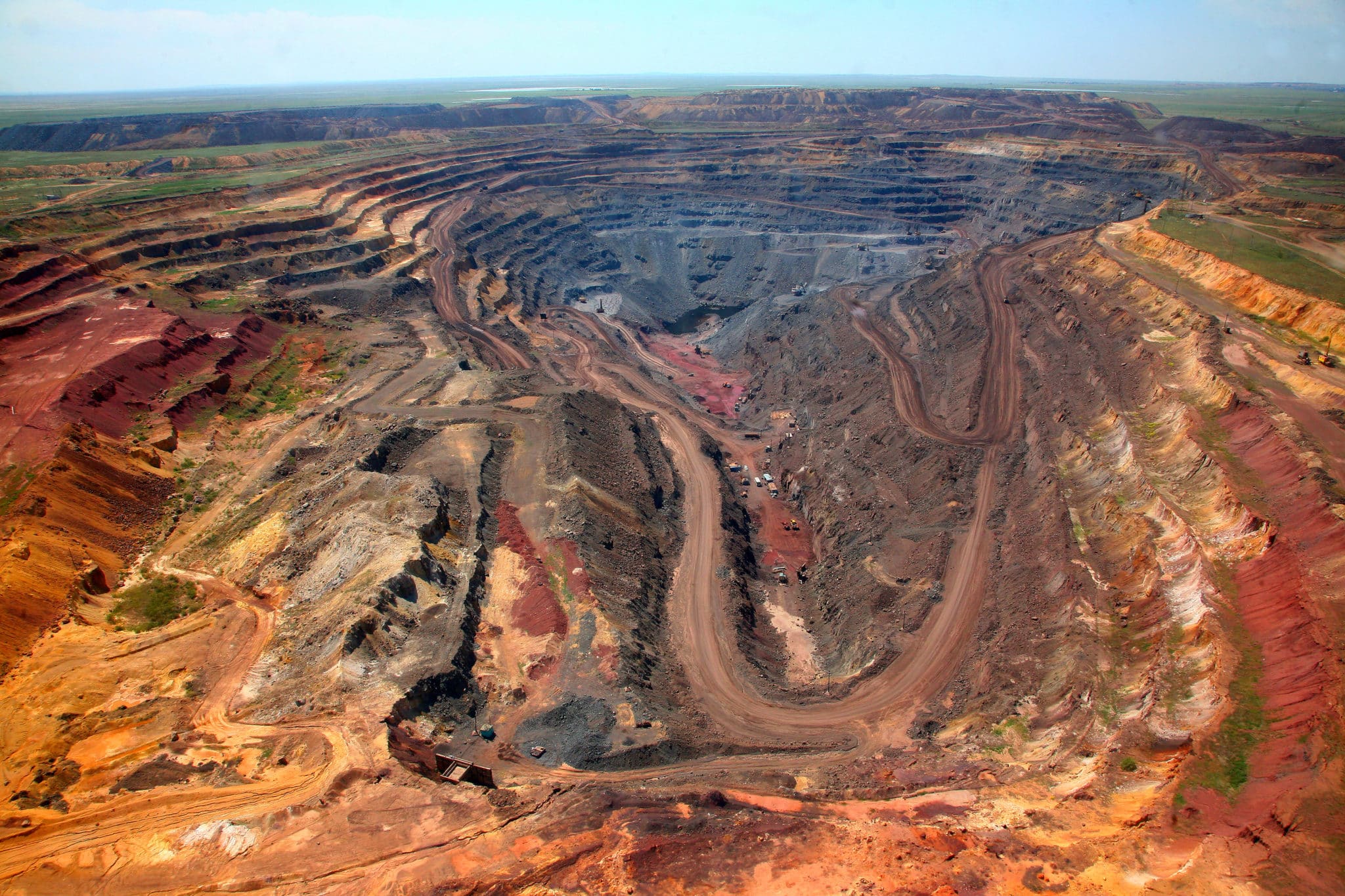Ambitious sustainability goals, opportunities in digital transformation, and a global talent shortage are reshaping how mining companies operate. One powerful and underleveraged solution stands out: gender diversity. Companies that embrace gender diversity are better positioned to innovate, adapt, and thrive in a rapidly evolving landscape. Dr Janina Elliott, Segment Director, Mining, writes.
The business case for gender diversity
When I began my career in geosciences 20 years ago, women were still outnumbered at 5:1 on average. So, finding myself in a team that had a larger than 50 percent female staff composition was not only unique but transformative. The overall performance was unparalleled. The culture and community were uplifting and indiscriminate. It taught me that being a female geoscientist doesn’t mean that one must conform to perceived traditions or masculine standards to find acceptance or success, and now we have the statistics to prove it.
Numerous studies have shown that diverse leadership teams outperform their less diverse counterparts. In mining, companies with women on their boards report profit margins up to 23% higher than the top 100 mining firms. These numbers aren’t just impressive – they’re a clear signal that inclusion drives performance.
It’s also true that diverse teams bring a broader range of perspectives, which leads to more balanced decision-making, greater creativity, and stronger problem-solving. In an industry that depends on innovation and resilience, these qualities are invaluable.
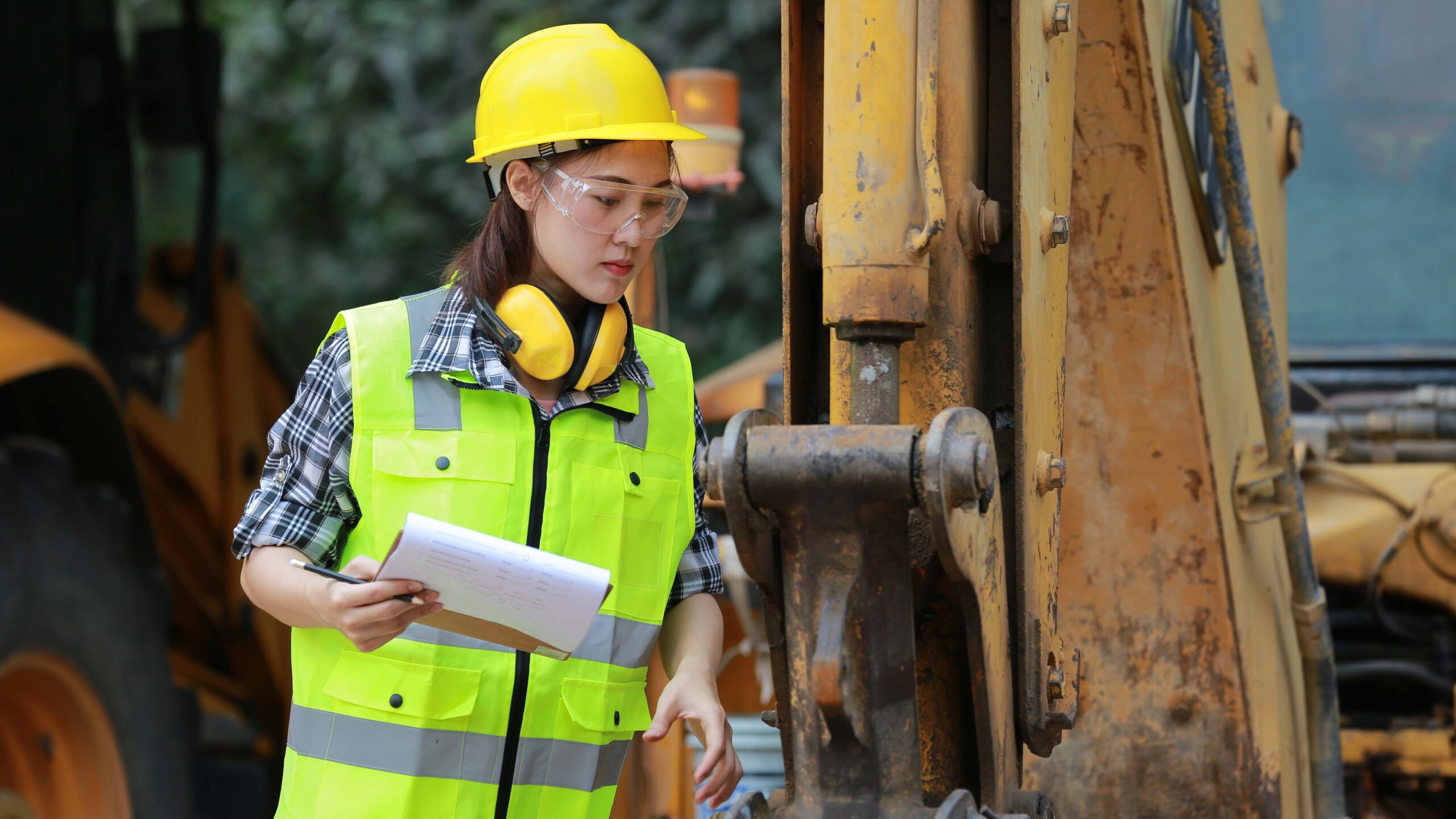
There is encouraging progress being made for women in mining, but there is still work to be done to achieve gender parity.
Source: Shutterstock
Breaking the rock ceiling
Despite the documented benefits, women remain underrepresented in mining leadership. Executive and board roles are still predominantly held by men. However, progress is being made. In April 2025, BHP became the first globally listed mining company to achieve 40 per cent female representation across its workforce – a milestone that reflects years of intentional action.
Similarly, Rio Tinto’s Women in Aluminium initiative is helping to elevate women in a traditionally male-dominated sector. These examples show that change is possible and representation matters. When women see others like them in leadership, it fosters ambition, confidence, and a sense of belonging. This ripple effect is essential for breaking the ‘rock ceiling’.
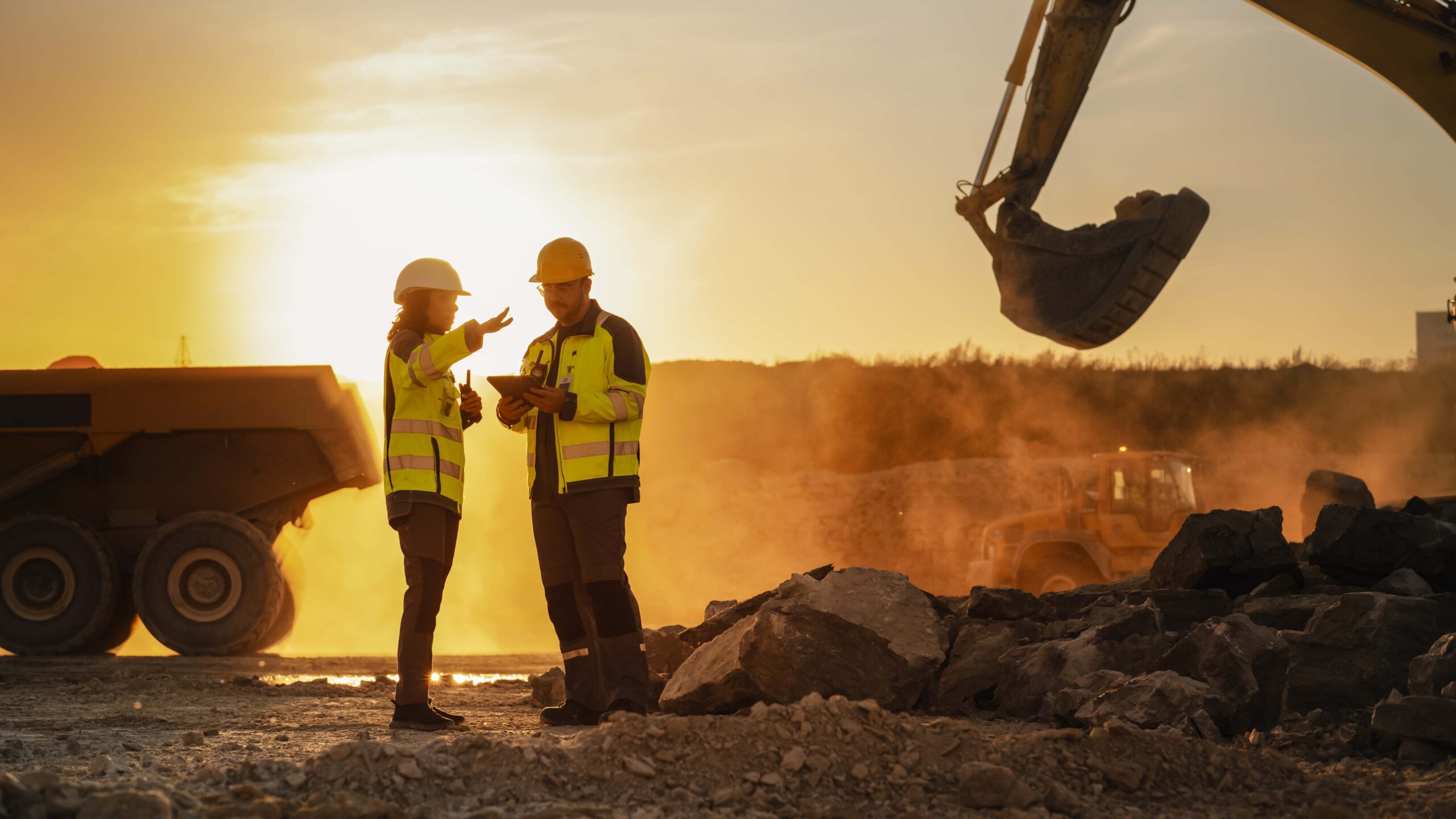
Mentorship is a key component in giving women the confidence to lean in at work.
Source: Shutterstock
Seequent’s commitment
At Seequent, we believe that creating an inclusive environment is not about meeting quotas – it’s about unlocking potential. Through initiatives we support like Mentor Walks and Women’s Leadership Circle, we encourage empowering spaces for women to grow, lead, and support one another.
These programmes help women find their voice and build the confidence to pursue leadership roles. As Melinda Gates once said: ‘A woman with a voice is, by definition, a strong woman. But the search to find that voice can be remarkably difficult.’ We aim to make that search easier.
Mentorship is a key component in building the confidence to lean in. Ideally, mentors should bring a variety of professional experiences to the table and have the gift to listen and discuss rather than simply assess and direct. I am fortunate to have several mentors in my life that challenge rather than placate; that help me to build resilience and create clarity by supporting a self-led thought-process. One of the most influential voices of empowerment in my life comes from my predecessor, Robert Ferguson, who has been a champion for gender parity throughout his career. He brings an essential facet to mentorship that absolutely requires inclusive and equitable thought to be effective.
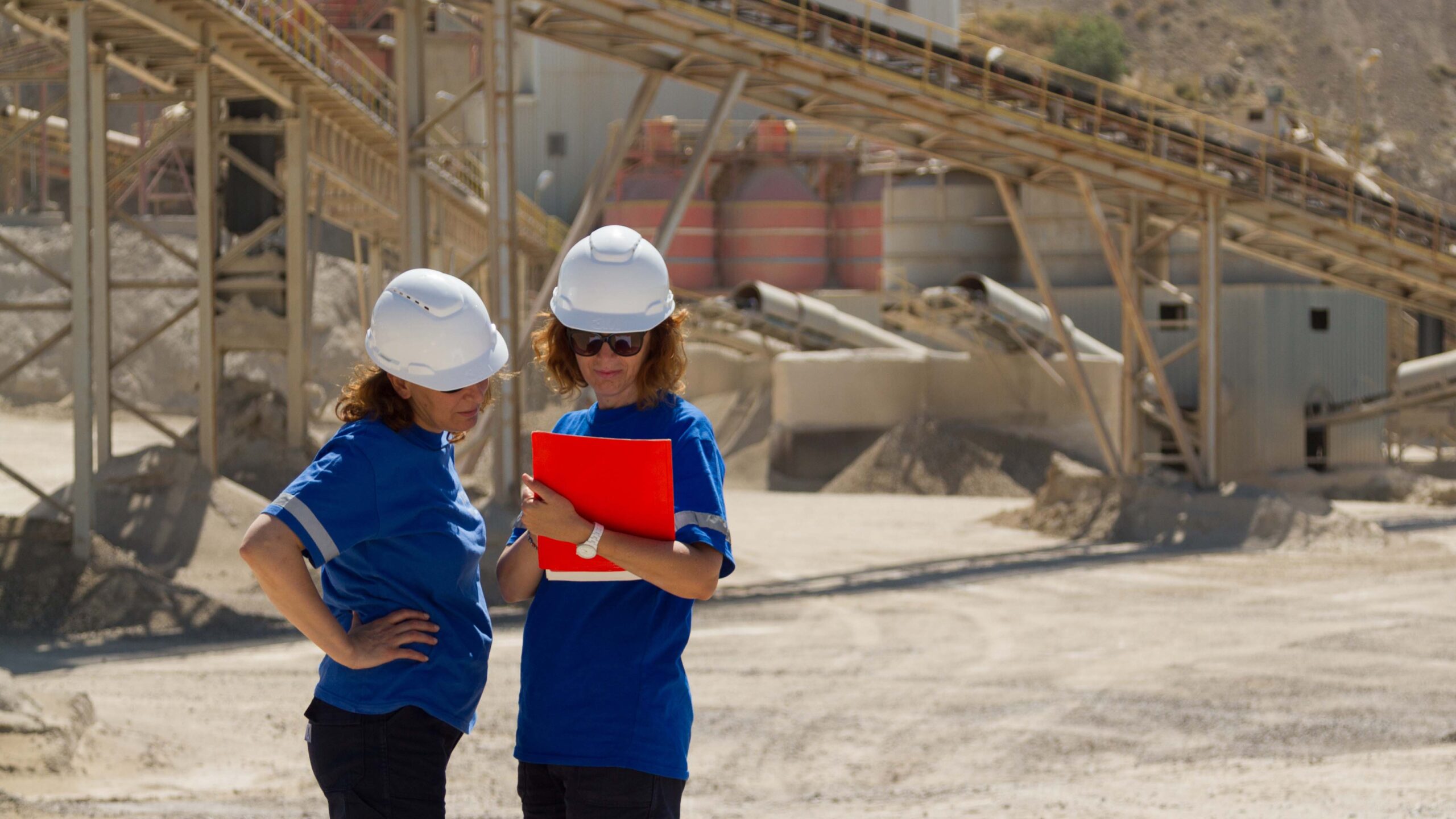
Retaining women in mining remains a challenge and research shows reasons include a lack of advancement opportunities, unsupportive workplace cultures, and challenges balancing work and caregiving responsibilities.
Source: Shutterstock
Retention: the real challenge
Retention remains a major hurdle. Women continue to leave the mining industry at higher rates than men. Research from McKinsey points to several contributing factors: lack of advancement opportunities, unsupportive workplace cultures, and challenges balancing work and caregiving responsibilities.
Work-life balance is especially critical. Women often carry the bulk of caregiving duties, and the demanding nature of mining roles can make it difficult to manage both. Offering flexible hours, remote work options, and supportive policies can make a significant difference for both people and profit. Thanks to technological advancements, these are all things that are easier than ever to offer employees.
Effective retention strategies often stem from understanding employee experiences, supported by insightful data, and thoughtfully addressing their needs. Mentorship, anti-harassment policies, and leadership training are all essential tools for creating a workplace where women can thrive.
Here are three ways diversity can, and is, shaping the future of the industry right now.
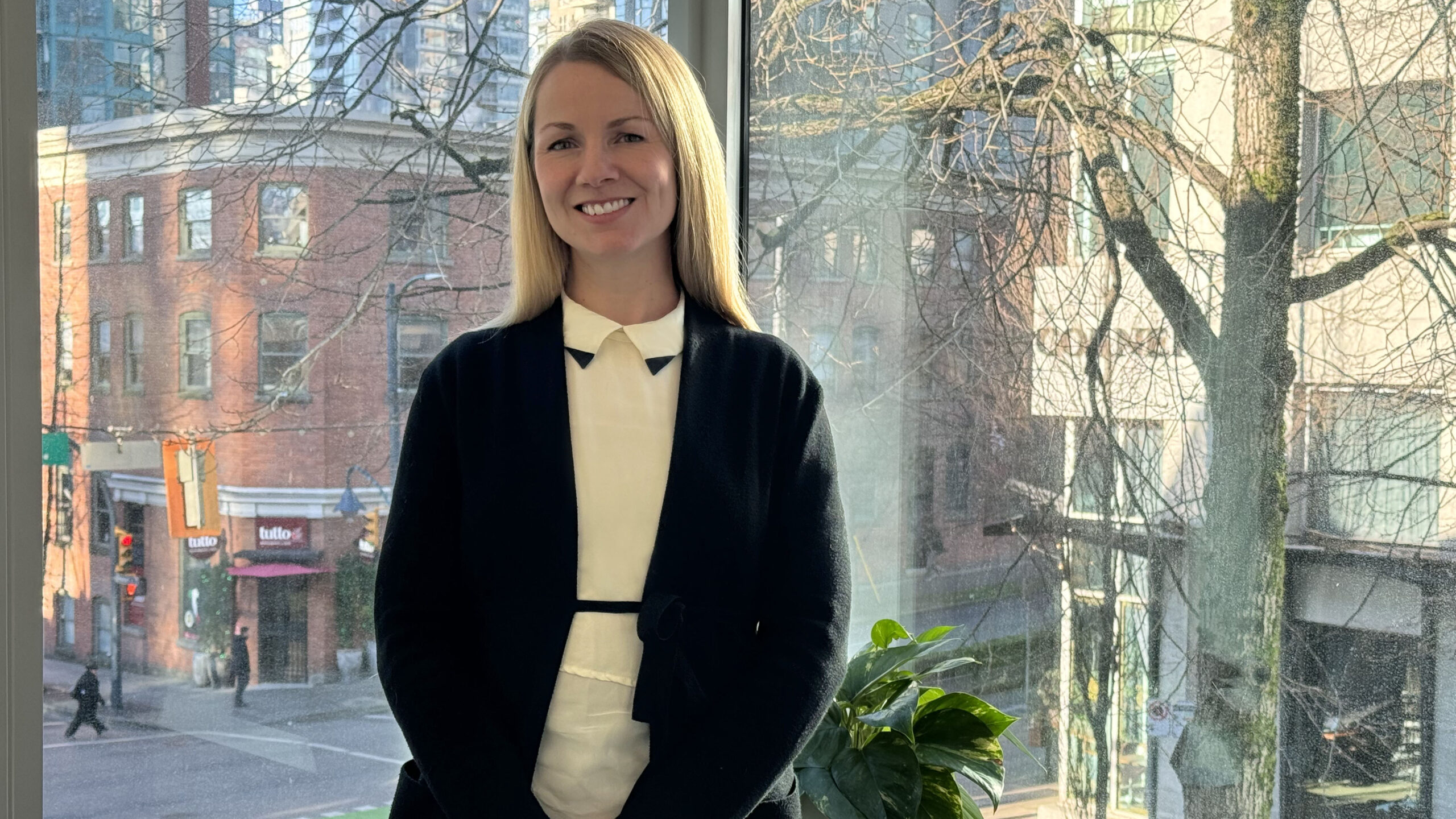
Dr Janina Elliott, Seequent’s Segment Director of Mining, says having supportive mentors has been instrumental in her career.
Women driving innovation
Female leaders are tackling some of the industry’s biggest challenges – from reducing environmental impact to improving safety.
Supporting female entrepreneurship means providing access to funding, networks, and visibility. By empowering women to lead innovation and disrupt industry, mining companies can accelerate progress and build a more sustainable future.
Addressing barriers
Despite progress, barriers persist. Safety concerns, gender-based violence, and outdated workplace norms continue to hinder women’s participation in mining. A World Bank report underscores the urgent need for industry-wide reform.
Companies must reimagine safety protocols to meet the needs of all workers. This includes equipment designed for women, secure facilities, and effective reporting systems. Equally important are policies that promote pay equity, transparency, and accountability.
Removing these barriers isn’t just about compliance- it’s about creating a culture where everyone can contribute fully and safely.
Bringing new ideas for the supercycle
As the mining industry prepares for its next supercycle – driven by digital disruption and sustainability imperatives – diversity of thought will be a key differentiator. Diverse viewpoints bring new ideas, fresh perspectives, and the adaptability needed to navigate complex transitions.
Barbara Dischinger, founder of International Women in Mining, has long championed the value of diverse perspectives. Her insights reinforce a simple truth: the future of mining depends on our ability to embrace and integrate a wide range of voices.
The evidence is clear: diversity is not just good for women – it’s good for business. Women have proven their value across leadership, innovation, and workforce development. Now, it’s time for the remaining barriers to be removed to enable them to unlock their full potential and enable mining companies to build a stronger, more innovative, and more resilient future.
The future of mining is bright and diverse – and it’s already underway.





